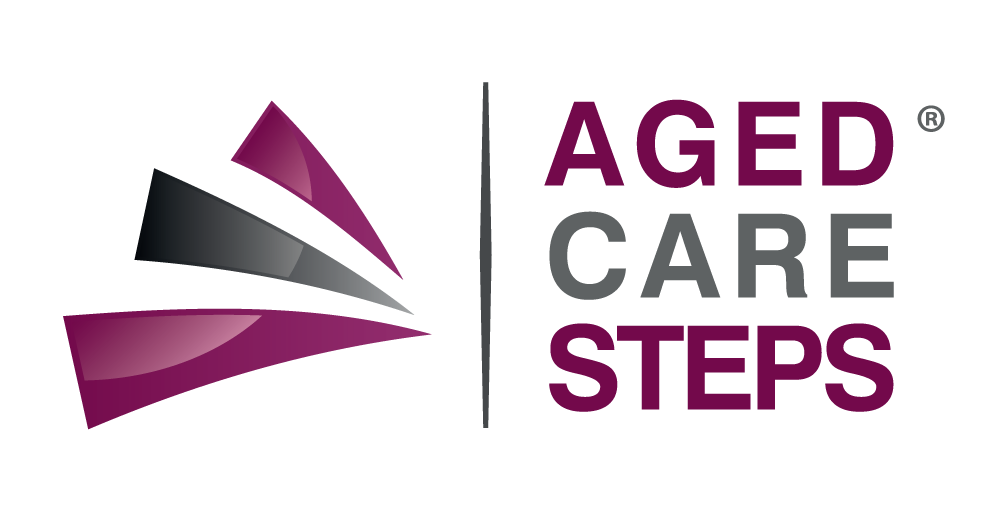When a family loan goes wrong
Whilst intentions may be well-meaning, there can be a trap when families help parents with finances, that can substantially increase assessable assets and aged care fees. For advisers, understanding the implications of this is crucial when giving clients advice.
If a family member pays the refundable accommodation deposit using their own money, the parent’s assessable assets increase by this full amount. And the higher the level of assets and income, the more is paid as a means-tested care fee – up to a daily cap, an annual cap and a lifetime cap. But it’s not that simple.
While assets and income both have an impact, assets are likely to have a greater impact on fees, so the first step is to work out the amount of assessable assets. The assessable value might be different to market value, as some assets are treated concessionally and apply a lower value.
How assets are calculated
For aged care fee calculations, assets are grouped into three categories – investments and personal use assets, the former home and the refundable accommodation deposit (RAD) balance.
Even if the RAD is paid by another person, this money counts as an asset. The result may be an increase in assets and higher fees.
An example of how this looks in practice
Consider the example of Bob, who is a widower. Bob moved into residential care with a room price of $600,000. Bob and his family do not want to sell his former home or a holiday home that he owns. His eldest daughter agrees to lend the money to Bob to pay the RAD in full so he does not have to pay the daily “rent” that would otherwise be payable.
Bob sets up a loan agreement with his daughter so she can recover the $600,000 she pays for the RAD from his estate.
Bob’s assessable assets in the first two asset categories total $750,000 (including the capped value on his home) and he expects to pay $30,497 per year in ongoing care fees (basic daily fee plus means-tested fee) plus accommodation costs.
However, when his daughter pays the $600,000 RAD on his behalf, his assessable assets increase by this full amount. The RAD value cannot be reduced by the debt owing to his daughter.
The result is that his while he has covered his accommodation costs, his means-tested fee significantly increases, and he is faced with paying $42,530 per year for ongoing care fees. This financial decision has increased his means-tested fee by just over $12,000 per year.
The impact can be even more severe for low-means clients, where the impact is not only a means-tested fee impact, but also an increased accommodation cost.
The Business Toolkit makes it easy for advisers to accurately advise clients about aged care fees
Decisions on how to structure finances and family agreements need to consider a range of financial impacts and it is always important to consider the full picture.
For our Members, doing so is made easier with the calculator tools available in our Business Toolkit™ which is just one of the reasons why they are so popular.
They enable financial advisors to do quick calculations on daily fees, home care, Centrelink, DAP from RAD, estate planning strategies, and low-means.
Our flowchart calculators further allow you to simply solve how the home is assessed and protected person implications.
To find out how our tools can help you efficiently deliver more accurate aged care advice, ask for a demonstration today.
